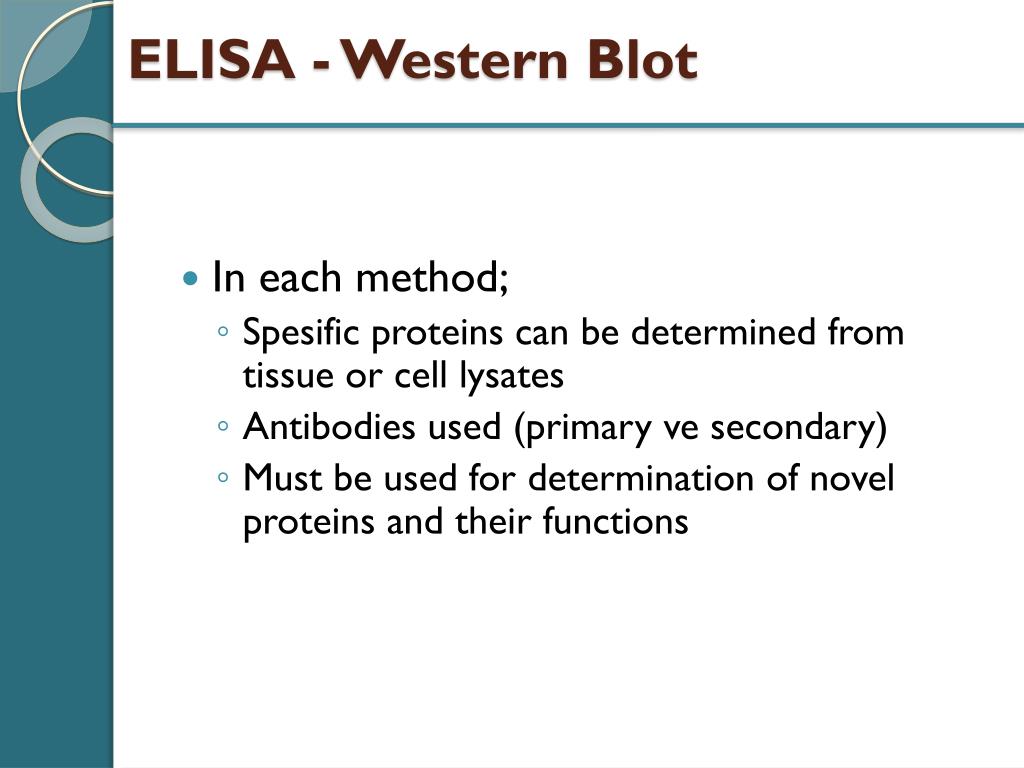

This means an ELISA test is run first, and if it is positive, a second test called a western blot is performed to confirm the accuracy. The traditional laboratory test used to diagnose Lyme disease is a “two-tiered” test. If a physician is familiar with the many presentations of Lyme disease and considers Lyme disease as a possible diagnosis, standard laboratory testing has poor sensitivity so many cases are missed. Poor Sensitivity of Traditional Lyme Disease Testing Throw in the misconception that people can only contract Lyme disease in the northeastern U.S., and Lyme disease is not typically considered as a possible cause of symptoms in the rest of the country. If someone had symptoms following a tick bite – or even years after a tick bite – but did not have a large bullseye rash, meningitis, facial paralysis, or encephalomyelitis, they were told they did not have Lyme disease.Īnother limitation of the Lyme disease surveillance criteria is it only includes symptoms often seen in acute cases of Lyme disease and excludes many symptoms consistent with late-stage Lyme disease. Unfortunately, the surveillance criterion made its way into doctor’s offices, and physicians began using the narrow criteria as diagnostic parameters for Lyme disease.

The criteria needed to be narrow to increase the sensitivity of cases reported. When Lyme disease was first discovered in the 1970s, the Center for Disease Control (CDC) wanted to track the number of cases in the US, so they developed diagnostic criteria for surveillance reporting to local public health departments. There may not be a more complex infection to diagnose than chronic Lyme disease. How was Lyme Disease Testing Criteria Developed? Read below to learn about accurate testing for chronic or late-stage Lyme disease. There are many nuances associated with Lyme disease testing. However, when someone is sick with multiple symptoms for an extended period of time, it can take years to get a correct diagnosis. If someone develops flu-like symptoms following a tick bite or spending time in nature, the diagnosis of Lyme disease is often considered. Diagnosing acute Lyme disease is often straightforward.


 0 kommentar(er)
0 kommentar(er)
